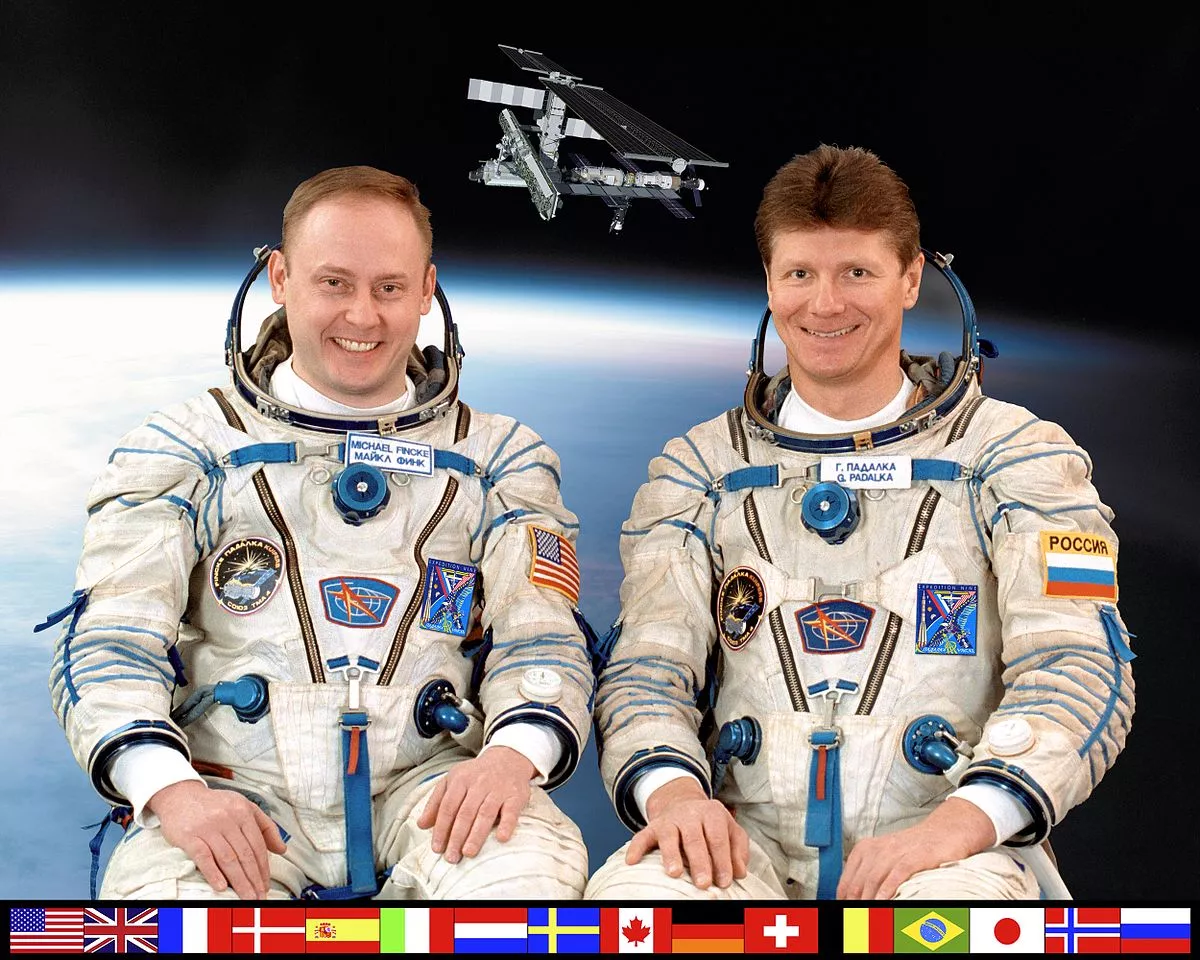 1.
1. Gennady Ivanovich Padalka is a Russian Air Force officer and Roscosmos cosmonaut.

 1.
1. Gennady Ivanovich Padalka is a Russian Air Force officer and Roscosmos cosmonaut.
Gennady Padalka previously held the record for the most time spent in space at 878 days until Oleg Kononenko broke this record on February 4,2024 at 07:30:08 UTC and is currently at 2nd position.
Gennady Padalka worked on both Mir and the International Space Station.
Gennady Padalka has logged 1500 flight hours in six types of aircraft as a First Class Pilot in the Russian Air Force.
Gennady Padalka worked as an engineer-ecologist at the UNESCO International Center of Instruction Systems until 1994.
Gennady Padalka is an investigator for the Advanced Diagnostic Ultrasound in Microgravity Project, a US Government funded study investigating strategies for applying diagnostic telemedicine to space.
Gennady Padalka is a recipient of the Hero Star of the Russian Federation and the title of Russian Federation Test-Cosmonaut.
Gennady Padalka is decorated with Fatherland Service Medal fourth class, Medals of the Russian Federation and Medal of the International Fund of Cosmonautics support for Service to Cosmonautics.
Gennady Padalka is a prize winner of the Russian Federation Government in the field of science and technology.
Gennady Padalka was selected as a cosmonaut candidate to start training at the Gagarin Cosmonaut Training Center in 1989.
On 13 August 1998, Gennady Padalka launched with Sergei Avdeyev aboard Soyuz TM-28 to become the crew of Mir Expedition 26, whose primary mission was to make repairs to life support systems and prepare the station for deorbit, which was to take place after Expedition 27.
Gennady Padalka returned to Earth on board the Soyuz TM-28 capsule on 28 February 1999.
Gennady Padalka accumulated 198 days and 16 hours of space travel during the mission.
From June 1999 to July 2000, Gennady Padalka trained for a space flight on a Soyuz-TM transport vehicle as an ISS contingency crew commander.
In March 2002 Gennady Padalka was assigned as commander of the ISS Expedition 9 crew.
In completing this mission, Gennady Padalka logged an additional 187 days, 21 minutes and 17 seconds in space, and 15 hours, 45 minutes and 22 seconds of EVA time.
Gennady Padalka returned to the ISS in 2009 to serve as commander of Expeditions 19 and 20.
Gennady Padalka commanded the Soyuz TMA-14 spacecraft which was launched from Baikonur on 26 March 2009 and docked with the ISS two days later.
Gennady Padalka commanded the first six-person space station crew, returning to Earth on 11 October 2009.
In May 2012 Gennady Padalka returned to the ISS for a third time.
Gennady Padalka served as a flight engineer as part of Expedition 31 before graduating to command Expedition 32.
Gennady Padalka launched to the ISS aboard Soyuz TMA-04M on 15 May 2012, along with fellow crew members Sergei Revin and Joseph Acaba and arrived at the space station on 17 May at 4:36 UTC.
Gennady Padalka returned to the ISS aboard Soyuz TMA-16M during Expedition 43 and Expedition 44, along with Mikhail Korniyenko and Scott Kelly.
Gennady Padalka landed on Soyuz TMA-16M on 12 September 2015.
Gennady Padalka set the record for most time in space of anyone in history that stayed until Oleg Kononenko broke this record on February 4,2024 at 07:30:08 UTC and is currently at 2nd position.
Gennady Padalka himself explained his decision by the fact that he has only a small chance to join any space mission in the near future.
On 15 September 1998 Gennady Padalka performed the first spacewalk of his career during a stay aboard Mir along with Sergei Avdeyev.
On 30 June 2004 Gennady Padalka performed his fourth spacewalk along with astronaut Michael Fincke.
Gennady Padalka completed his sixth career spacewalk on 3 September 2004 when he and Mike Fincke ventured out into space.
Gennady Padalka completed his seventh career spacewalk on 5 June 2009.